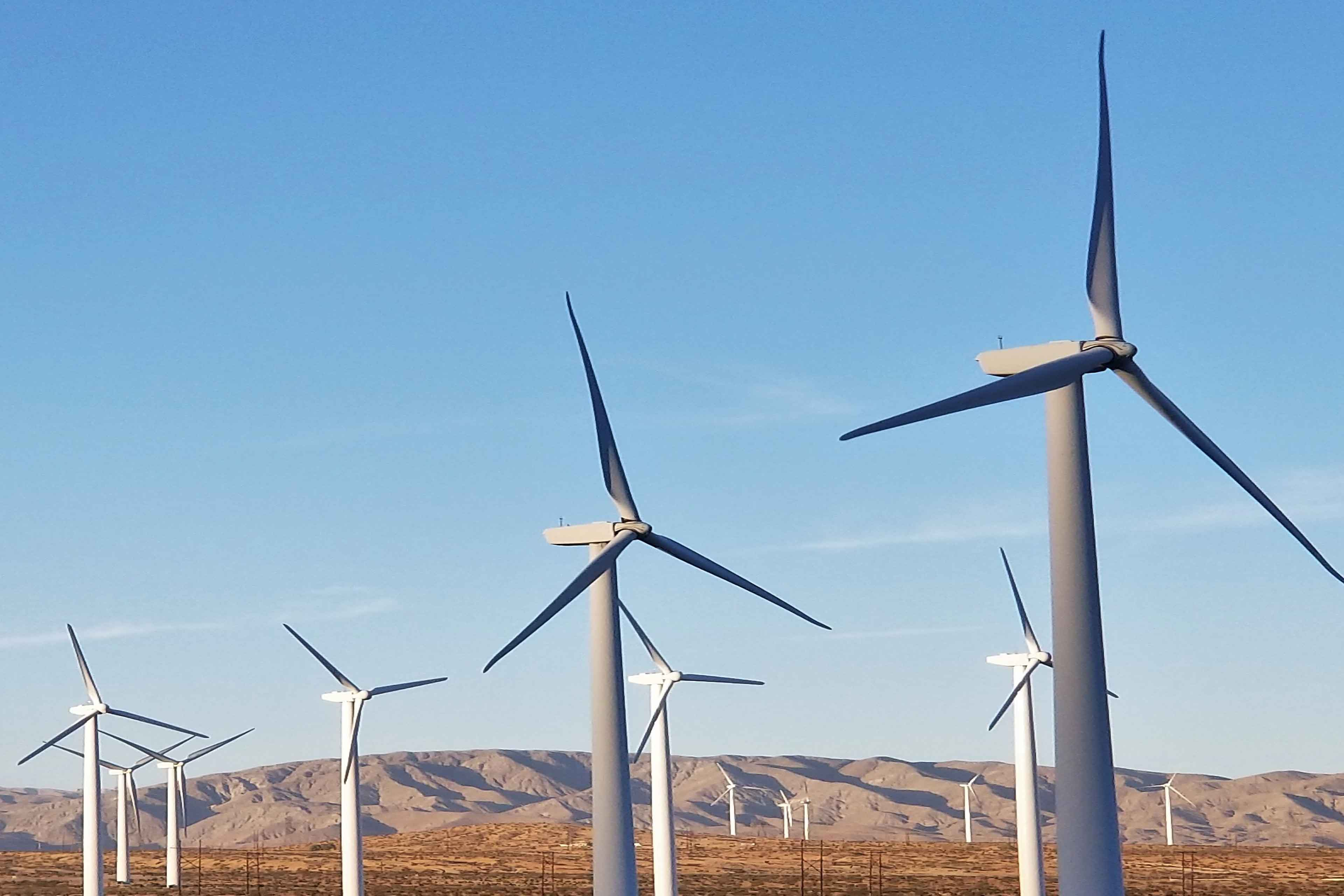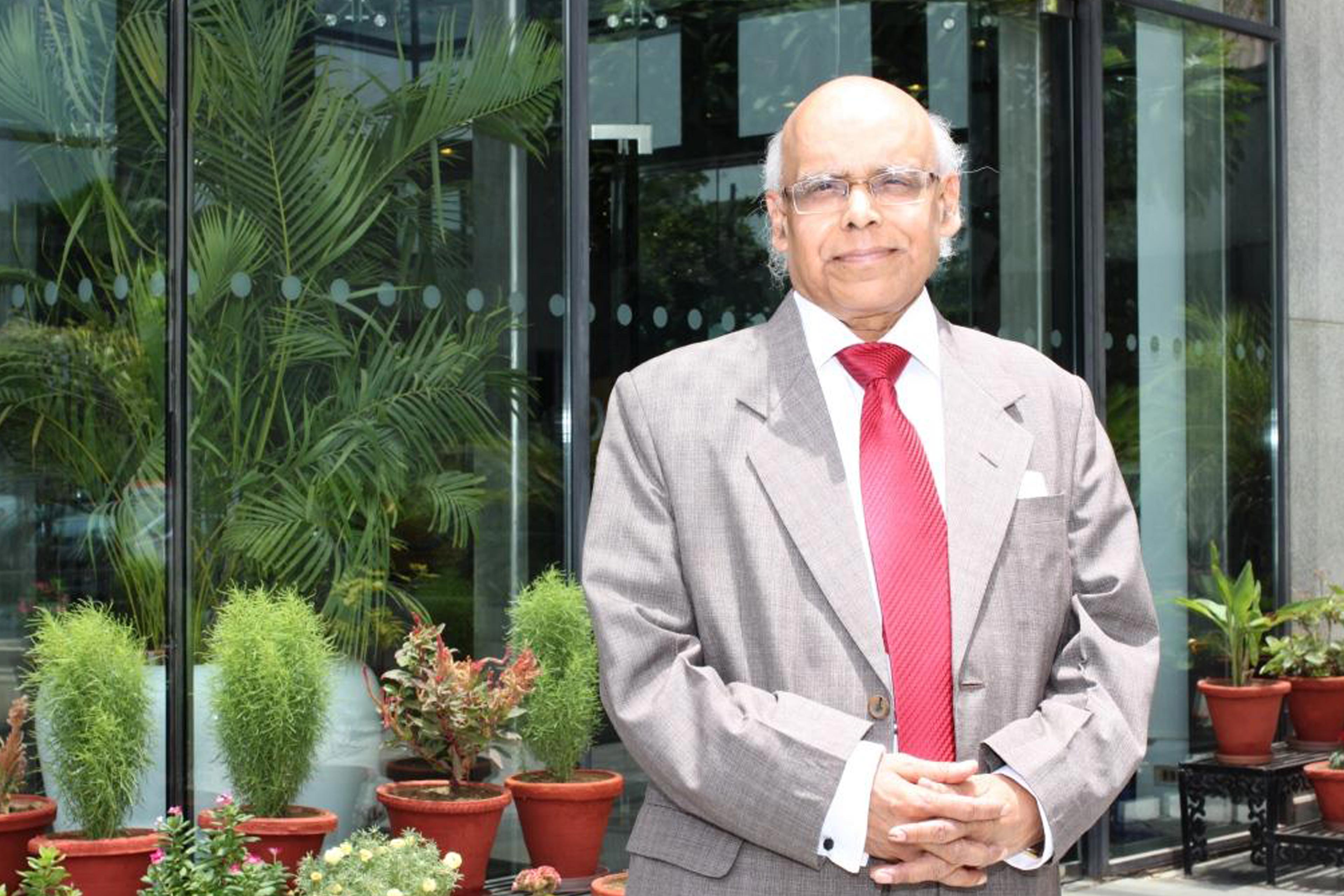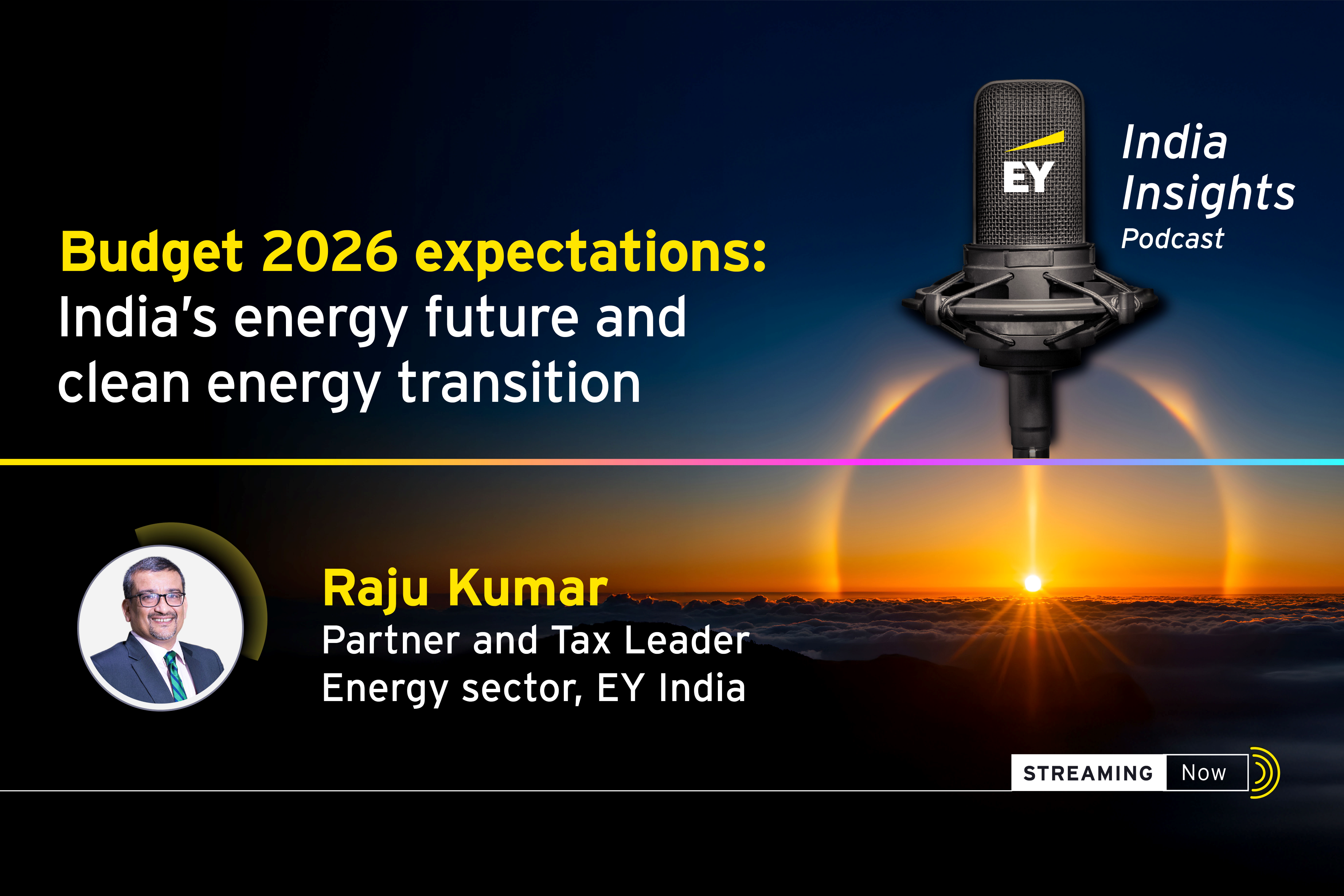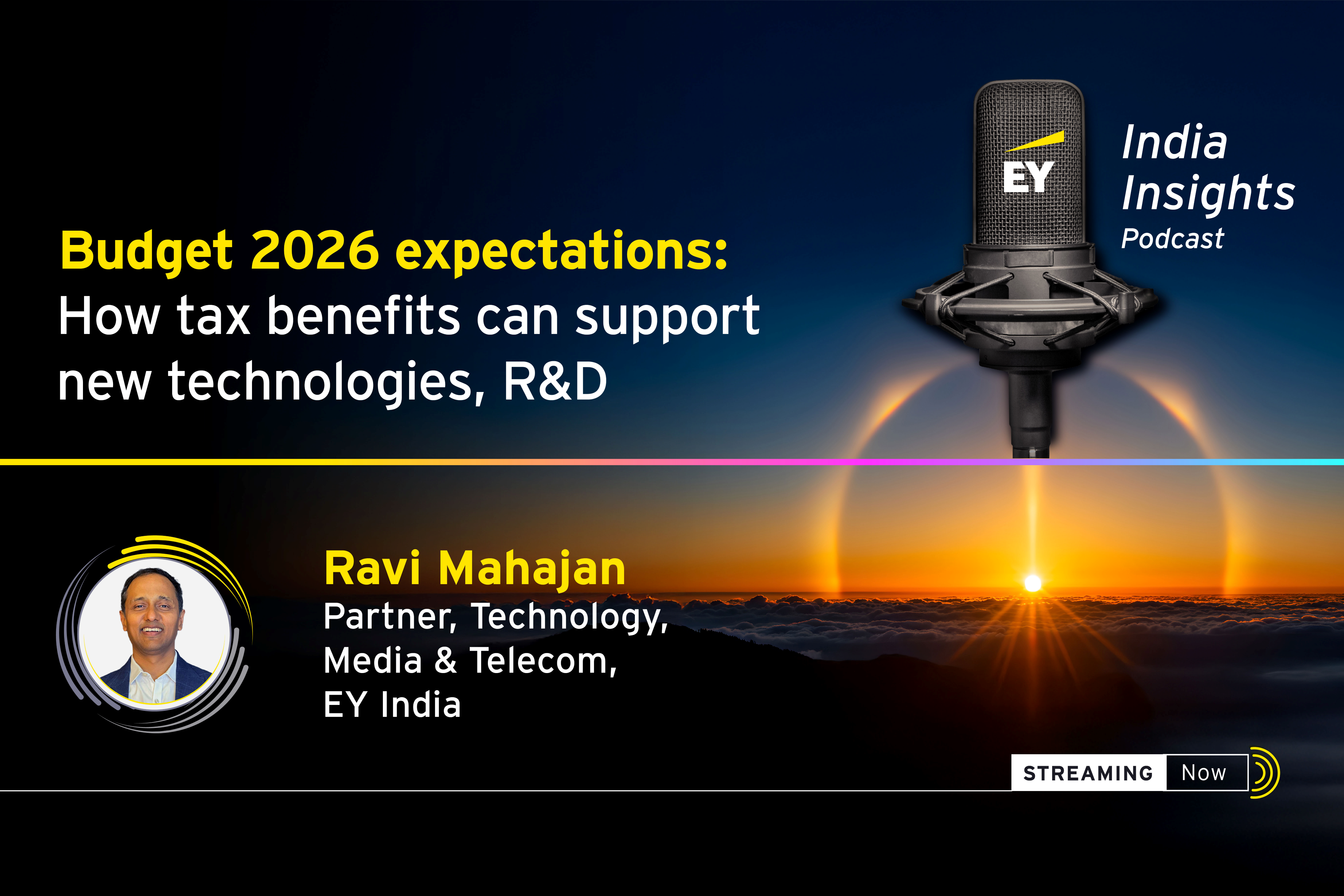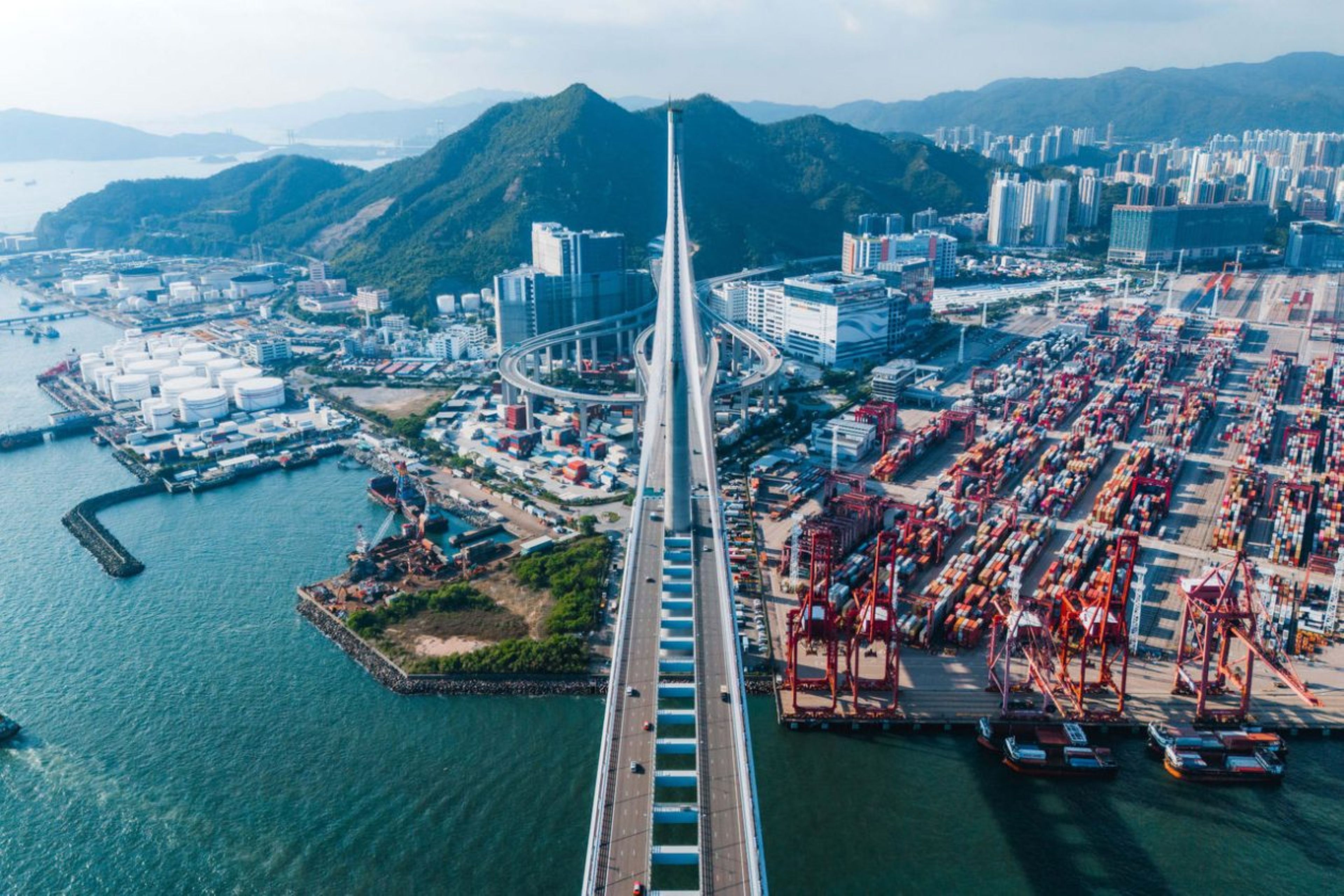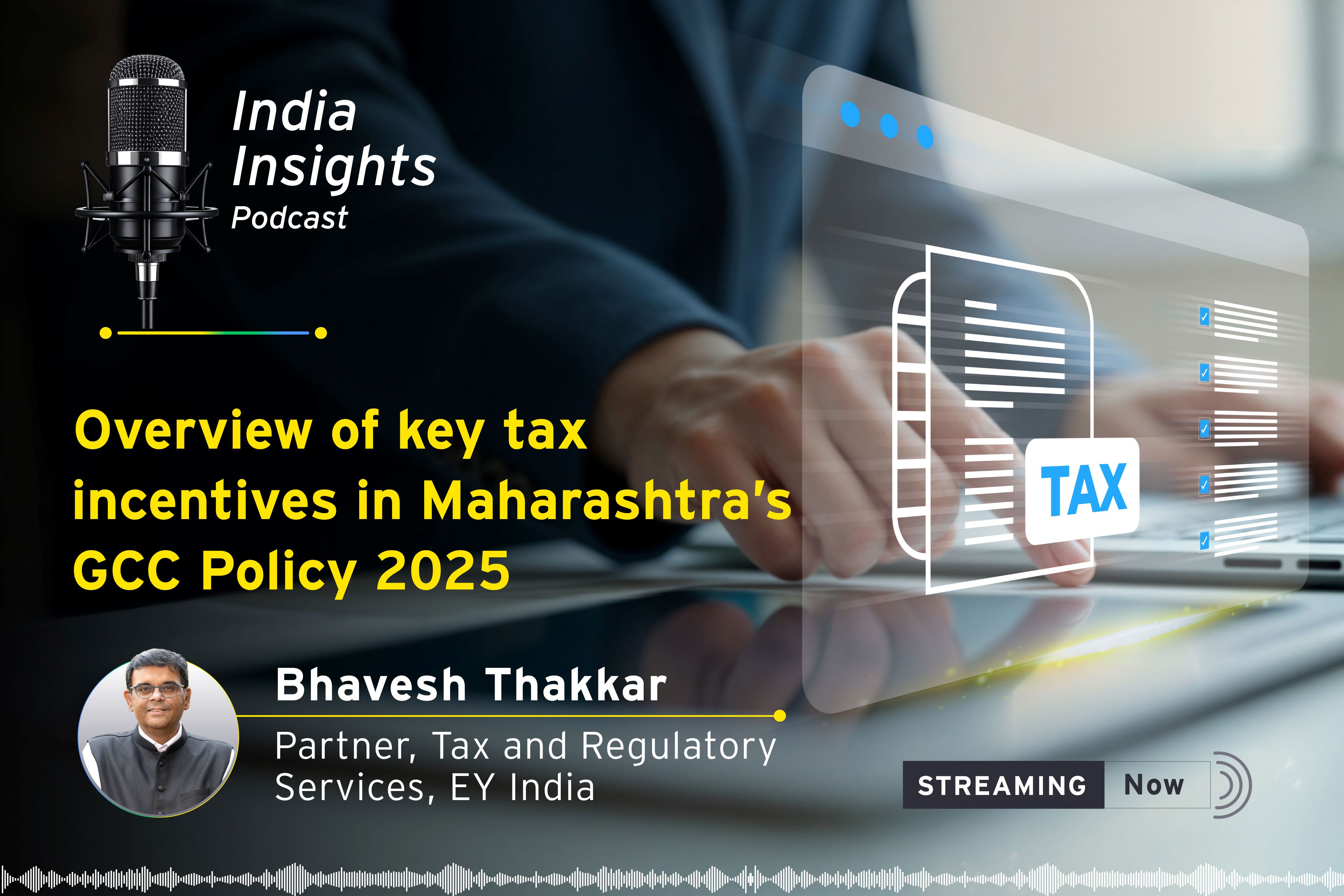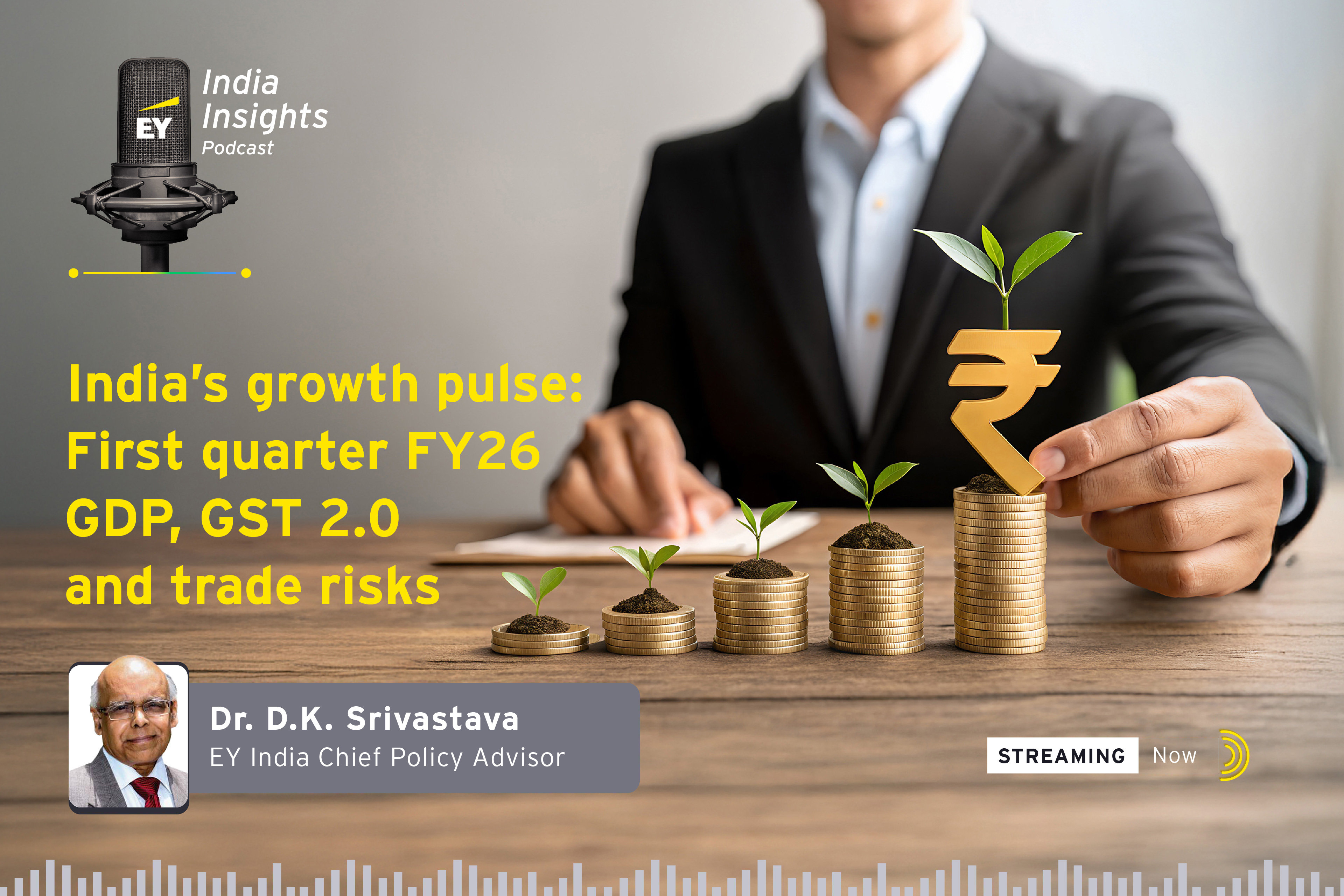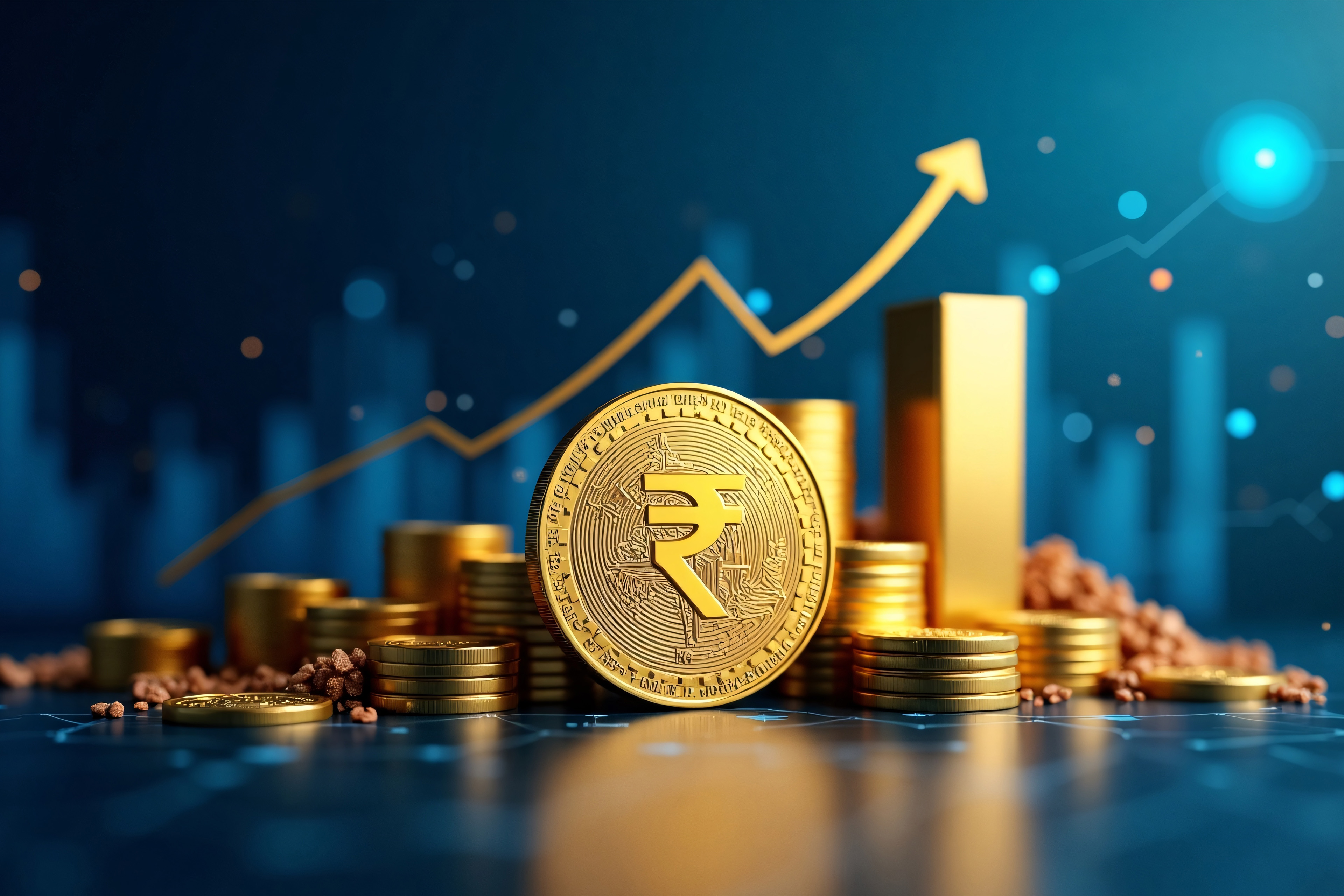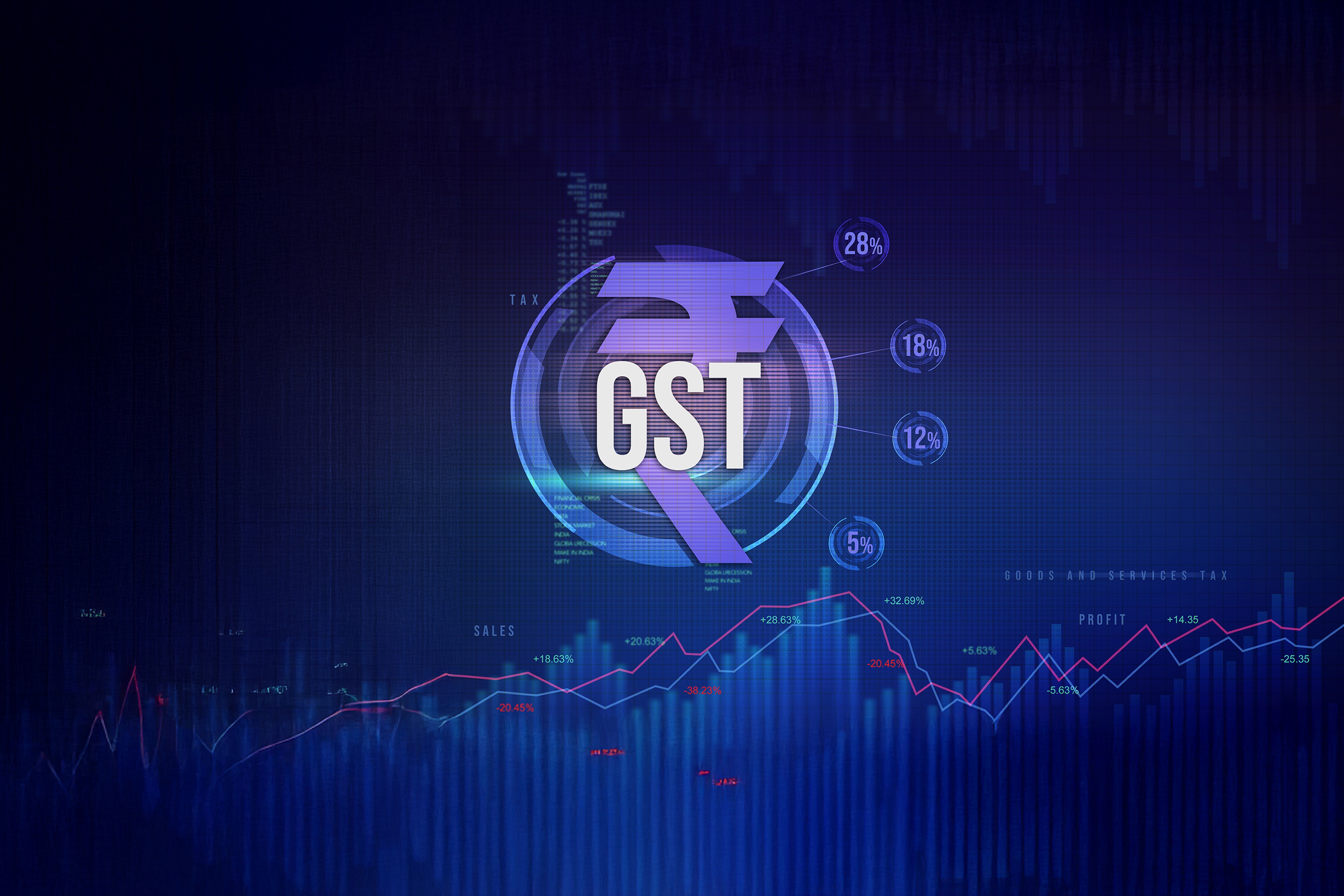EY refers to the global organization, and may refer to one or more, of the member firms of Ernst & Young Global Limited, each of which is a separate legal entity. Ernst & Young Global Limited, a UK company limited by guarantee, does not provide services to clients.
India Tax Insights
EY India tax magazine is our quarterly thought leadership on recent tax and policy reforms, economic changes and how they are impacting the business.
Our articles are a blend of researched opinion articles, trend analysis and global tax updates, enabling the reader to gear-up for the change and analyse its impact on their role as tax professionals. These articles are authored by senior EY leadership and industry reepresenatives. Issued in every quarter, India tax insights magazine’s content is tailored for CFO’s and tax heads.
Our latest thinking
Budget 2026 expectations: India’s energy future and clean energy transition
Explore how support for energy ecosystem, supply chain, modern grids and affordability is essential.
Budget 2026 expectations: How tax benefits can support new technologies, R&D
This episode of Budget Insights focuses on expectations from Budget 2026 in AI and digital infrastructure, tax certainty and compliance simplification for the technology sector.
How GIFT City can transform business opportunities in India
Explore business opportunities in GIFT City IFSC with HSBC & EY’s report, covering regulatory, tax, and sector-specific insights for investors.
India trade update October 2025: Regulatory reforms and FTA progress
India boosts trade in Oct 2025 via export resilience, regulatory reforms, and FTAs, enhancing market access, supply chains, and investor confidence.
Center of gravity of world economy shifting towards the EMDEs
EMDEs will form 61% of global GDP in 2025, with India contributing 17.5% to global growth. Innovation is key to India’s rise beyond middle-income status.
Incentive insights: Overview of key tax incentives in Maharashtra’s GCC Policy 2025
Discover how Maharashtra’s GCC Policy 2025 provides capital subsidy, payroll support, power-tariff relief and interest incentives to drive global investment.
20th Annual EY India Tax Workshop 2025
Register for India Tax Workshop 2025. Learn more about the tax function.
India’s growth pulse: First quarter FY26 GDP, GST 2.0 and trade risks
EY India podcast explores India’s 7.8% GDP growth, GST 2.0 reforms, and trade diversification shaping Q1 FY26.
India’s steady progress in poverty reduction
India’s poverty headcount ratio has fallen to 1% in 2025, showing dramatic progress in eliminating extreme poverty across rural and urban areas.
India’s trade with US and China: Performance and potential
Read the comprehensive analysis on performance and potential of India's trade relationships with the US and China, highlighting key trends and opportunities.
Navigating international tax compliance for Indian multinationals
Read how EY helps Indian multinationals with global tax complexity transfer pricing, BEPS 2.0, permanent establishments and technology-enabled compliance.
Where India stands in the group of five largest economies
India is set to become the world’s 3rd-largest economy, potentially surpassing the US in PPP by 2038, despite US tariffs and global trade uncertainties.
Decoding the PM Viksit Bharat Rozgar Yojana (PM-VBRY)
Explore how PM-VBRY (Pradhan Mantri Viksit Bharat Rozgar Yojana) offers incentives for employers, employees, compliance steps and formal employment growth tools.
How Indian companies are redefining global investment strategies
Discover how Indian firms are redefining outbound investment with a 67.7% surge in FY25 with ESG, tax efficiency & hubs like UAE, Switzerland & GIFT City.
How India-based groups are redefining Outbound Direct Investments
How India-based MNEs are transforming outbound direct investments with a 67% surge in FY25 driven by ESG, tax reforms, geopolitics & GIFT City advantages.
Aligning India’s defense spending to the Viksit Bharat vision
Listen to our podcast on why India’s defence spend dropped from 2.9% to 1.9% of GDP (FY26 BE) & how a non-lapsable fund could realign to Viksit Bharat goals.
BRICS+ 2025 growth and trade promoting initiatives
BRICS+ drives global shift with rising trade, GDP share, and local currency payments—advancing multilateralism and sustainable growth across 19 nations.
Understanding India’s Employment-Linked Incentive (ELI) Schemes
Explore India’s new employment-linked incentive schemes and their impact on hiring, compliance, and cost benefits for employers and employees.
Understanding minimum disclosure requirements for related party transactions
In this webcast, our panel of EY experts shares insights on the recent SEBI circular and its impact on related party transaction (RPT) disclosure requirements and industry standards.
Decoding the new Employment Linked Incentive (ELI) Schemes
In this webcast, panelists discussed the new Employment Linked Incentive (ELI) Schemes, benefits available to employers and employees and action planning for employers.
The rise of AI in delivering smarter tax solutions
Explore the AI in tax landscape: key trends, smarter compliance, client engagement and advisory insights for optimized tax solutions.
8 Years of GST: Achievements, challenges, and the future of tax reform
Explore the 8-year journey of GST in India with Saurabh Agarwal, EY India's Tax Partner, as he delves into its achievements, challenges, and future reforms to enhance India's global manufacturing competitiveness.
Budgeting for defence expenditure
India's defence needs a 3% GDP benchmark to ensure modernisation, steady funding, and Aatmanirbhar growth amid fiscal constraints and global challenges.
Getting India future-ready: Role of rare earth elements
Rare earth elements are key to India's future. EY explores the role of rare earth metals, minerals & elements technology in mining industry to drive growth.
How will the UK-India FTA redefine economic ties between the two nations?
Discover the transformative UK-India Free Trade Agreement, unlocking economic growth, reduced tariffs, enhanced market access, and professional mobility for 2025.
New Labour Codes: What employers need to prepare for the go-live date
Explore the impact of New Labour Codes on businesses and employees, addressing benefits, challenges, and crafting actionable strategies for compliance.
Sailing through global tariff headwinds
Discover how India can navigate global tariff challenges, sustain 6.5% GDP growth in FY26, and leverage fiscal reforms, AI, and trade agreements for stability.
Understanding GST treatment of gift cards and vouchers
Discover GST insights on gift card taxation in Episode 3 of Indirect Tax Insights. Learn about margins, breakage income, P2P vs. P2A models, and recent clarifications.
As Trump tariffs reshape global trade, India must adapt fast
Amid global trade shifts from US reciprocal tariffs, India must diversify exports, address trade imbalances, and boost manufacturing competitiveness.
How Should India Prioritize Fiscal Health—Deficit Control or Debt Reduction?
Explore fiscal health priorities: fiscal deficit or debt-GDP ratio. Understand India's fiscal reforms, debt trends, and sustainable fiscal deficit strategies. Find out more.
How businesses in India can leverage BIS certification
Learn how Indian businesses can navigate BIS certification to access markets, ensure compliance, and improve trust through regulatory alignment support.
Why India should focus on health and education to achieve Viksit Bharat status
Prioritizing health and education is key to harnessing India's demographic dividend. Enhanced spending on these sectors fosters growth, employment, and productivity. Learn more.
FY26 Union Budget: Diversifies stimuli and rethinks fiscal consolidation
FY26 Union Budget shifts focus to consumption with INR1 lakh crore tax relief for households, INR1.5 lakh crore in interest-free loans, and INR4.3 lakh crore in grants.
Budget 2025: Insights on macro-fiscal implications
Uncover FY26's macro-economic outlook, tax reforms, and policy impacts on India's growth in our post-Budget 2025 podcast. Will GDP exceed 7%? Listen in.
Why Budget 2025 should focus on restoring India’s capex growth momentum
India's FY25 GDP growth forecast at 6.4%, with fiscal deficit to improve to 4.4% in FY26 and a 20% capital expenditure hike. Learn more.
Budget 2025: Insights on expectations for the manufacturing sector
Explore Union Budget 2025 with Ajit Krishnan, EY India Tax Partner, discussing manufacturing growth, tax incentives, MSME support and sustainability goals.
Budget 2025: Macroeconomic expectations and policy priorities for FY26
Explore Union Budget 2526 insights with Dr. D.K. Srivastava as he analyzes India's fiscal strategies, tax reforms, and infrastructure priorities. Tune in now!
Recasting fiscal responsibility framework: Roadmap to achieve Viksit Bharat
Discover India's new fiscal framework for Viksit Bharat: aiming for 30% debt, 3% deficit norms, and zero revenue deficit to ensure economic stability.
How India can frame its fiscal architecture to realize Viksit Bharat
Discover the roadmap to Viksit Bharat. Learn about the necessary government size, tax reforms, and fiscal discipline to achieve India's development goals.
How ITC reforms can propel the managed workspace sector
GST on Managed Workspaces: Explore key issues, challenges, and proposed reforms to streamline tax regulations for the booming industry.
BRICS+ to pave the way for a multipolar currency era
BRICS+ group's rising trade share challenges G7 dominance. Explore the shift towards a multipolar economic system and implications for global currencies.
AI uncovered - Part 2: Decoding tax data: AI's transformative impact
Explore 'GenAI in Tax – The next wave' in our podcast, where EY leaders delve into AI's transformative effects on tax data management and planning.
How to navigate GST on corporate guarantees
Dive into the taxation of corporate guarantees and unravel GST provisions in our ‘Indirect Tax Insights’ podcast's first episode. Listen now.
How policy and fiscal benefits can boost India’s bioplastics industry
Explore how policy and fiscal incentives are poised to propel India's bioplastics industry towards sustainable growth and innovation.
Can BRICS+ play a key role in shaping future global economic policy
Explore the impact of G7 and BRICS+ on global economics, their power balance, and cooperation in shaping the world's financial future.
AI and tax: Legal insights with summarization
Explore 'GenAI in Tax: The Next Wave' podcast for insights on how Generative AI is revolutionizing tax compliance and strategy with EY partners
Understanding AI – How it is changing the world of taxes
Rahul Patni & Divyesh Lapsiwala discuss GenAI's future in tax, its role in enhancing productivity, and evolving tax professions. Tune in now!
Budgeting for balancing growth and fiscal discipline
Discover how FY25 Interim budget has struck a fine balance between sustaining growth and achieving fiscal consolidation. Learn more.
How FY25 Budget can tackle fiscal imbalances and signal sustainability
EY India helps companies in implement International Financial Reporting Standards (IFRS) . Get IFRS consulting services to navigate accounting complexities.
16th Finance Commission: The benefits of brevity in Terms of Reference
The Terms of Reference (ToR) of the 16th Finance Commission provide it flexibility to define the scope of its work, approach and methodology. Learn more.
EY highlights how MNEs are grappling with the transformation of OECD’s BEPS 2.0 with its impact and requirements.
IFSC at GIFT City: unpacking key factors driving investor attraction
Discover the Benefits of IFSC at GIFT City - Simplified Regulations, Tax Advantages, and a Global Financial Ecosystem. Unlock Opportunities Today
Modernizing India Corporate Tax Compliances: automation, AI and beyond
Corporate Tax Compliances are evolving with automation & AI. EY explores advancements in corporate tax filing, registration, tax automation & compliance.
The team
Direct to your inbox
Stay up to date with our Editor's picks newsletter.


